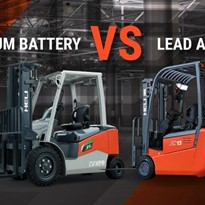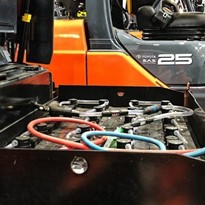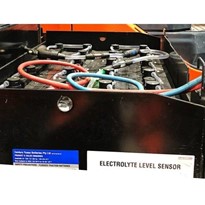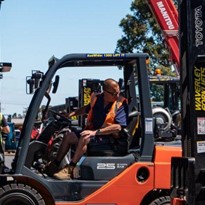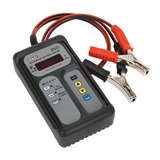Battery electric forklifts range from small, motorized pallet trucks to much larger forklifts. Regardless of which battery electric forklift you have, there are similar hazards associated with batteries.
Battery Hazards
Two types of batteries are utilised in industrial forklifts: lead acid and nickel-iron. Both of these batteries can pose health and safety hazards. This is mainly due to three factors, the sheer weight of the batteries, the gases emitted during charging (which can be highly volatile) and the corrosive chemicals that exist within the battery itself.
Due to these hazards, it is important that battery changing stations and employees are equipped with the right safety equipment in order to minimise any risks of danger.
Workplaces must have safety procedures in place in order to deal with any dangerous situations that may occur.
Here are a few safety tips to follow when changing your forklift’s battery:
- Any employees engaging in the changing or charging of batteries should always wear protective clothing.
- Forklifts should be in a stationary position with the handbrake on and engine off before attempting to change the battery.
- Battery charging installations should occur in designated areas.
- The designated installation area should be a smoke free zone, with signs clearly indicating this.
- In order to keep this area safe, facilities should be provided for: flushing and neutralizing spilled electrolyte, fire protection, the protection of charging equipment and the adequate ventilation for dispersal of fumes from gassing batteries.
- A conveyor, overhead hoist or equivalent material handling equipment should be available for handling batteries.
- Vent captions should be checked to ensure they are fully functioning. The battery (or compartment) cover(s) should be open to dissipate heat.
- Provide a carboy tilter or siphon for handling electrolyte.
- Ensure that reinstalled batteries are properly positioned and secure in the forklift before operating the equipment.
- Precautions must be taken to prevent open flames, sparks or electric arcs in battery charging areas
- Tools and other metallic objects must never be left on top of uncovered batteries.
When dealing with forklift batteries it is extremely important to change and charge them safely. These objects can be very hazardous if they are not dealt with in an appropriate manner. Safety procedures should always be followed to avoid any preventable work place accidents.
Forklift battery definitions
When it comes to batteries there are many terms that may be foreign to the average forklift operator. In this article we will explore some of the most common battery terms in order to assist with understanding battery terminology and aid in making proper waste determinations.
Anode: The terminal of a battery or cell that releases electrons during the production of any external current; the negative terminal of a primary cell or battery.
Battery: Technically, a combination of two or more cells electrically connected to transform chemical energy into electrical energy. In everyday usage, a single cell such as the one found in a flashlight is also referred to as a battery.
Cathode: The terminal of a battery or cell that accepts electrons during the production of an electric current; the positive terminal of a primary cell or battery.
Cell: A device, which generates electricity, consisting of two different substances placed in an electrolyte.
Dry Cell: A cell, in which the electrolyte exists in a paste and is absorbed in a porous medium, or is otherwise restrained from flowing.
Electrolyte:The conducting medium for the flow of current in a cell.
Non-Rechargeable: A characteristic of a primary battery that can convert chemical energy into electrical energy irreversibly.
Primary Battery: One that can convert chemical energy into electrical energy irreversibly.
Rechargeable: A characteristic of a storage battery that can convert chemical energy into electrical energy and vice versa.
Secondary Battery: One that can convert chemical energy into electrical energy and vice versa.
Serviceable Battery: One that can be used for its originally intended purpose.
Storage Battery: Same as secondary battery.
Unserviceable Battery: One that is in such a condition or state that it cannot be used for its originally intended purpose.
Wet Cell: A cell whose electrolyte is in liquid form and free to flow.
For more information visit our website Adaptalift Hyster Forklifts


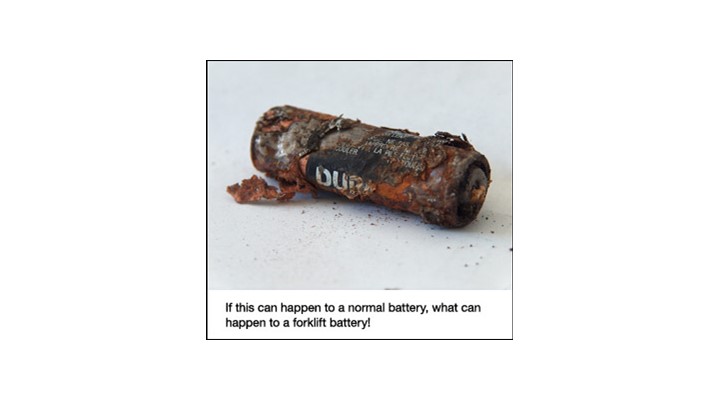
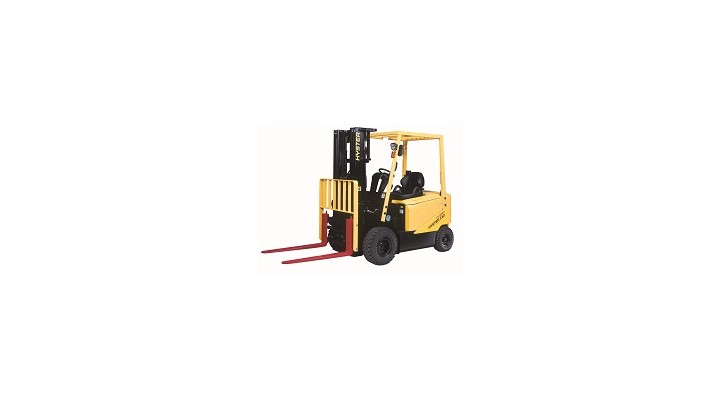

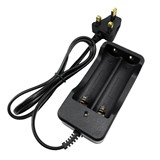
-160x160-state_article-rel-cat.png)





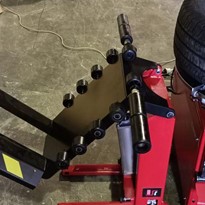
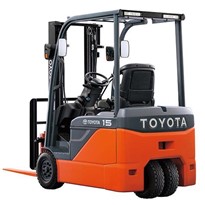
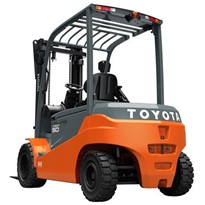
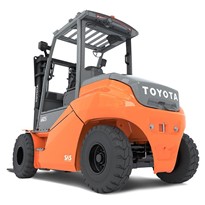
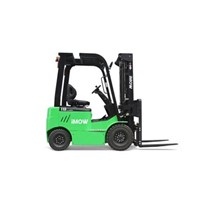
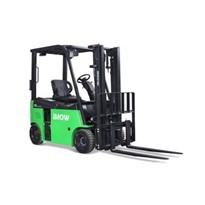
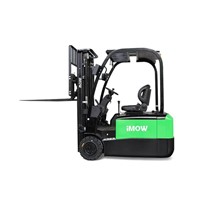
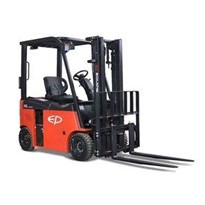
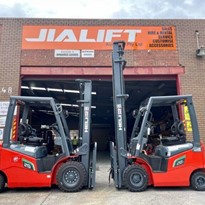
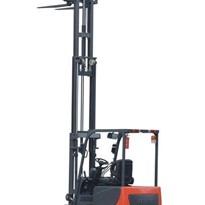
(1)-205x205.jpg)
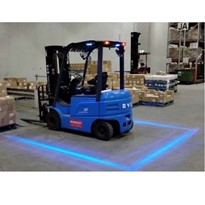
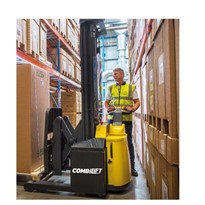
-205x205.jpg)
